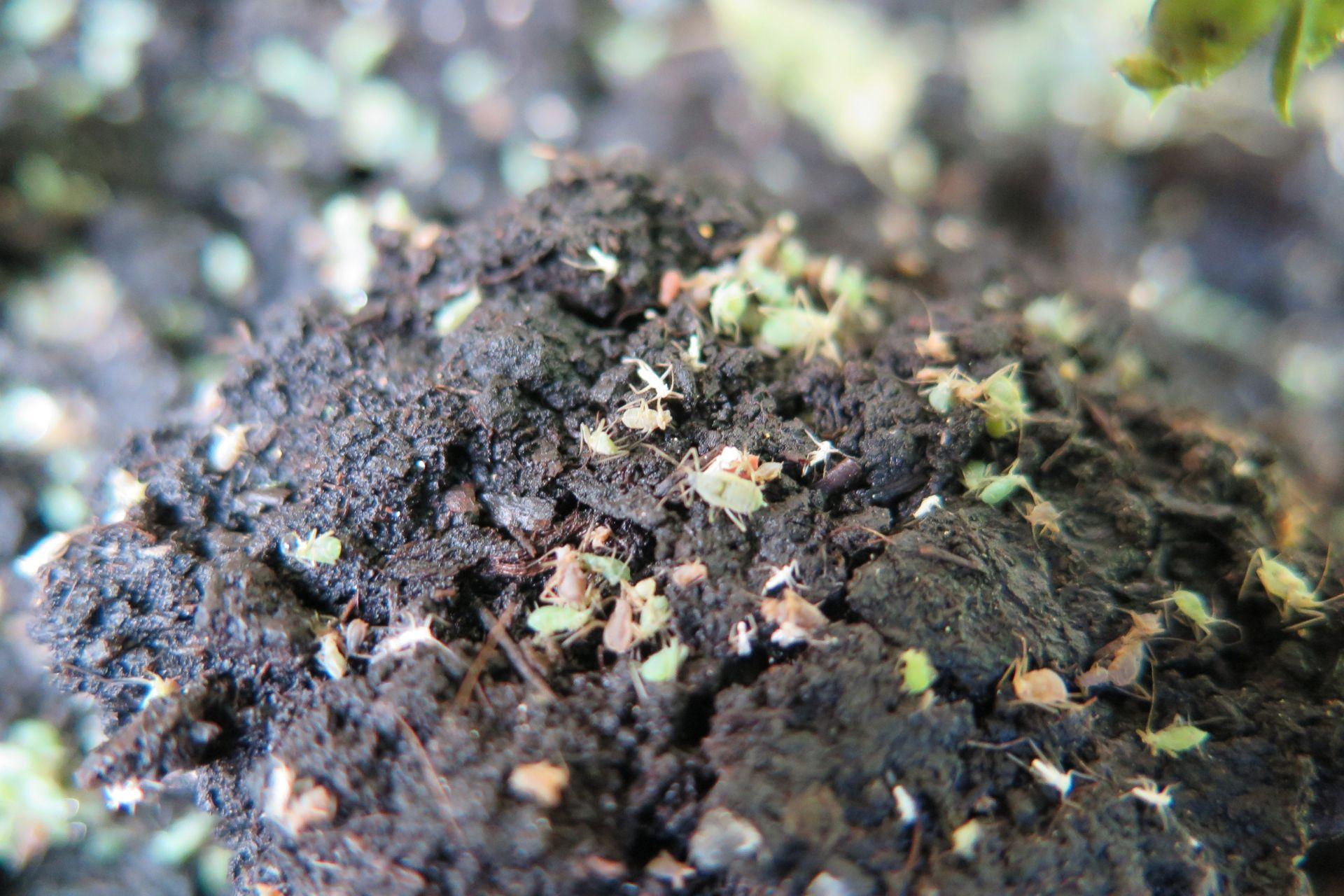
Biological control of plant aphids
The impact of chemical agents on the health of workers in agriculture and the production of healthy, wholesome, high quality food are two drivers that have shifted the focus from chemical control in conventional agriculture to biological control of insects. Even the production cycles of integrated agriculture, which are less aggressive in terms of ecological footprint, while providing for the 'use of biological control when possible, chemical control when necessary' have been overtaken by the increasing demand for sustainable agriculture.
Biological insect control is a method coveted by farmers who have already realised how necessary it is to behave in terms of prevention and rebalancing rather than using insecticides as an ideal weapon.
Even if the chemical industry with its use of nerve gases in insecticides has been inspired by the action of parasitoids, damaging the physical structure of the pathogenic organism or paralysing it, it is always balance, the law by which Nature regulates excess and scarcity, that triumphs.
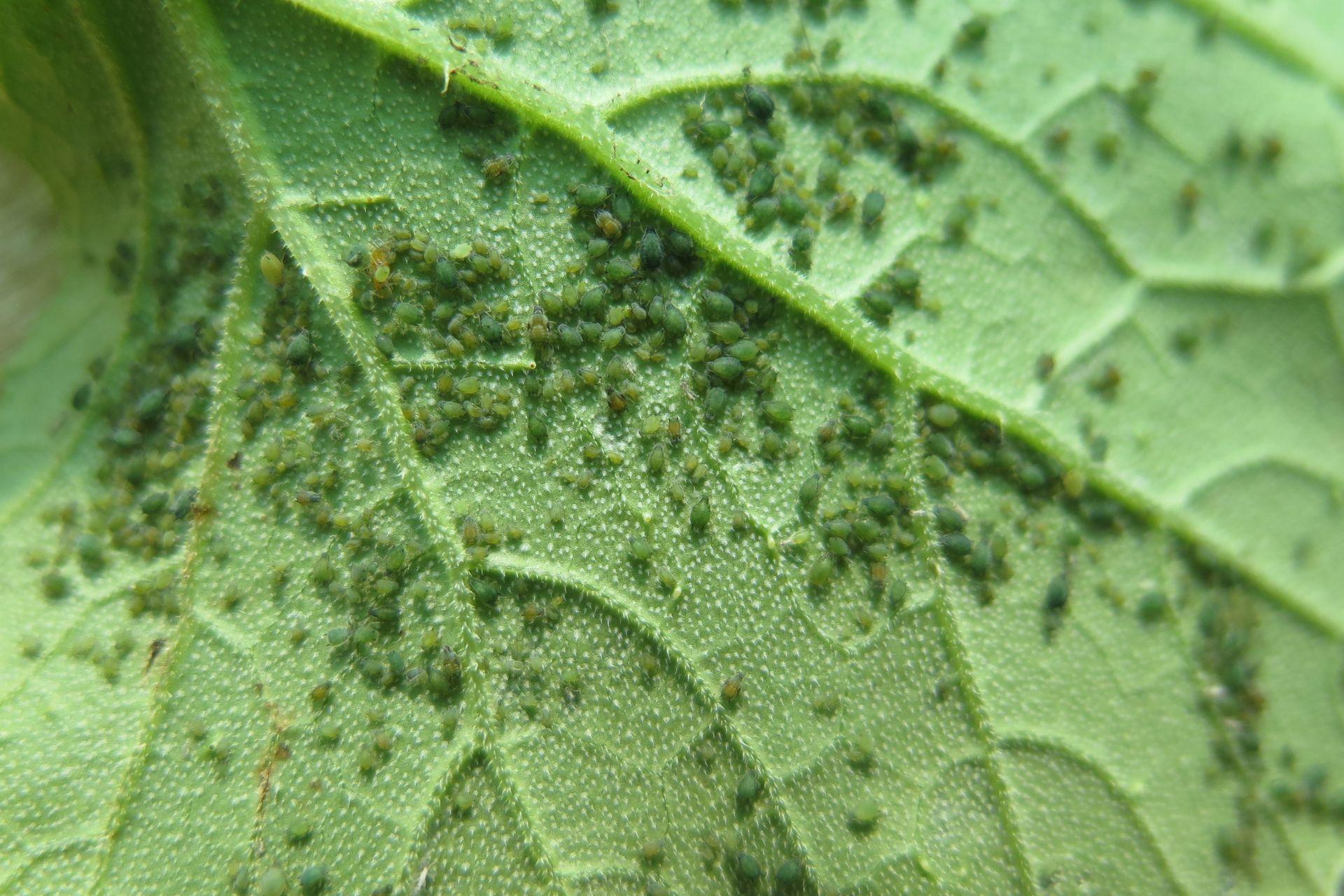
If biological control of insects means the natural balancing act of phytophagous insects against natural antagonists and their products, how can their devastating action on crops be effectively prevented and impeded?
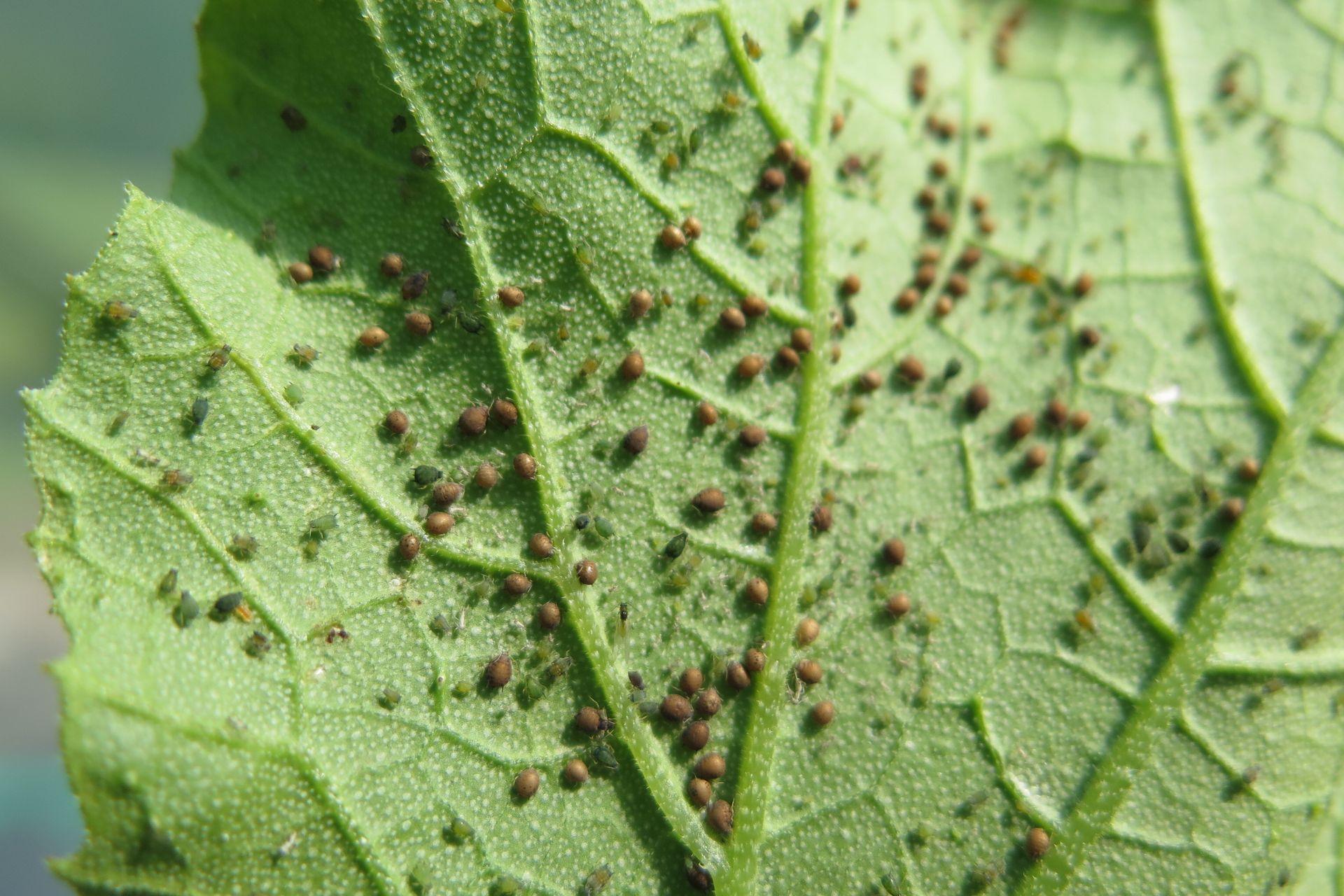
Below are some extracts from the study conducted by the AXS M31 Research Department on biological control of aphid colonies (Acyrthosiphon pisum or green pea aphid).
Aphids, more improperly known as “Plant Lice”, are phytomycetes insects, well known to farmers for the damage they cause to crops, especially under predisposing environmental conditions such as higher temperatures and high humidity, and in dynamics resulting from their development such as the production of honeydew that is highly attractive to ants. Being equipped with a piercing-sucking mouthparts, aphids feed on the sap of the plant, which they transform and eliminate through the excretory apparatus in the form of honeydew. Ants, greedy for this sugary substance, adopt mutualistic defence strategies against other pathogens in exchange for toxins that alter their immune response, unfortunately leading to an exponential increase in aphid populations. There are also other hymenoptera that parasitise aphids by attaching them to the plant tissues of the plant through salivary secretions and literally emptying them of their gelatinous consistency.
It must therefore be said that there are numerous species of aphids, multiple varieties of morphological characters and diverse behaviour. Aphids can have wings or be without them (apterous) a distinction that leads us to understand how, instead of migrating from one plant to another, the embryos of apterous aphids can also form within the host plant.
In fact, the DNA of the aphid is transferred into the plant through sap suction. The plant transmits the message to the seed which, by transduction, will give rise to a new generation of aphids in the new plant.
Aphid reproduction and natural biological control
Reproduction of aphids can be oviparous or viviparous, allowing both sexual and asexual populations to coexist within the same species. This is a probable strategy to ensure progeny.
During the spring period or the period of greatest plant development when there are more apterous females reproducing by parthenogenesis within the plant, the aphid embryo harnesses the energy used for the formation of the plant cell structure by attaching itself in the transition from inorganic to organic (process of micro-atomic catalysing). Aphids, in fact, are found on the leaves and not on the fruit.
It is therefore understandable why this process must take place in a range of 80-100,000° at the microcosm for the plant to be able to nip the pest in the bud.
This is what happens when treating crops with BioAksxter®.
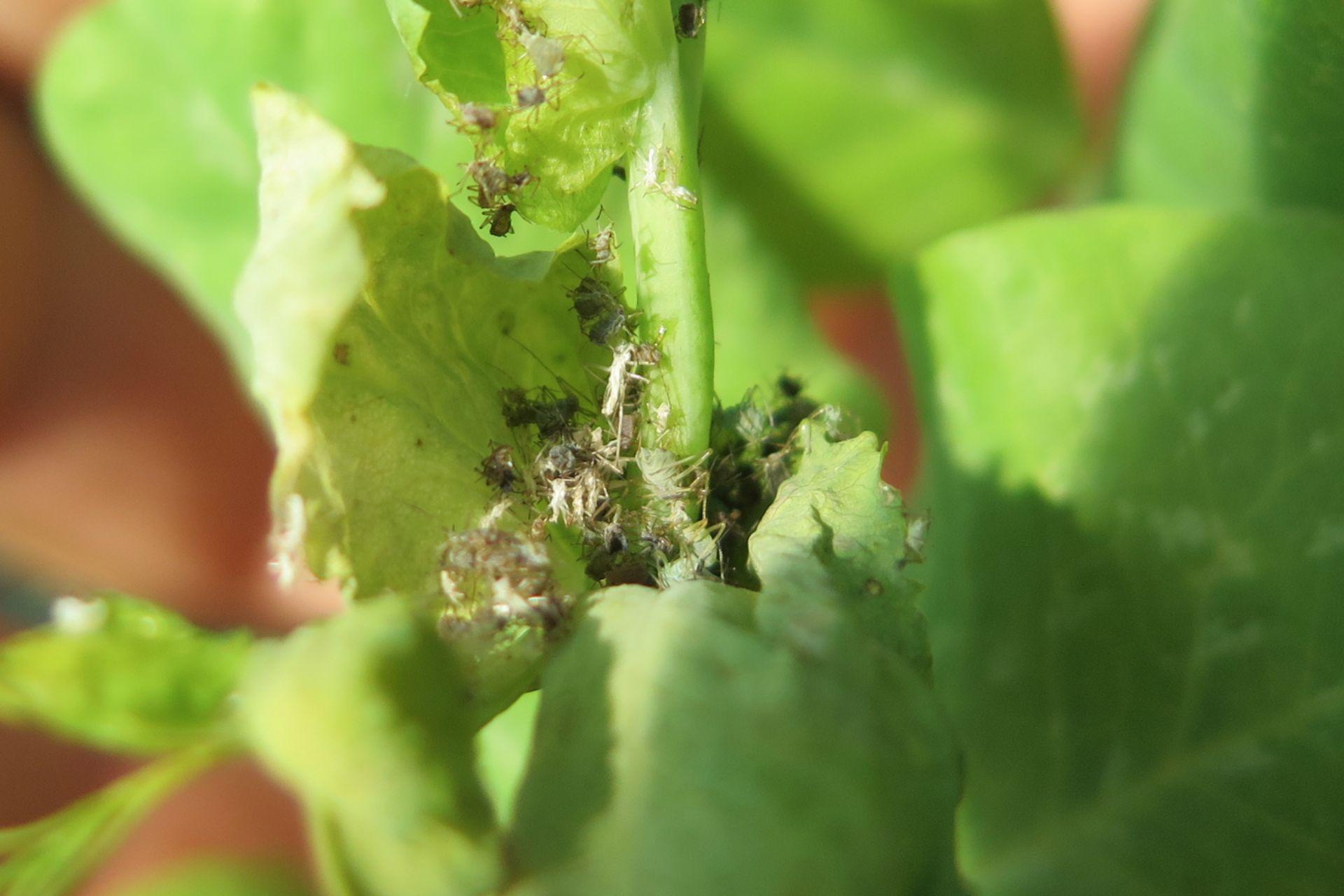
Biological control of aphids with BioAksxter®
An innovative strategy for controlling harmful insects in agriculture is represented by BioAksxter® formulations whose efficacy is a function of the magnetic charge transferred to the plant, which reprograms its autoimmune defences to reduce the fitness and fecundity of the parasitic insect, hence its proliferation.
Biological control of aphids with BioAksxter® takes place in three intervention modes:
- Preventive treatments
- Treatments during periods or conditions favourable to increased development
- Treatments under conditions of high infestation
Preventive treatments, which are carried out throughout the cultivation cycle on a regular and constant basis, increase the plant's natural capacity for self-purification (see atomic micro-burn expressed in degrees). In crops treated with BioAksxter®, insects lose their aggressive strength and voracity, limiting reproduction through reduced oviposition. After only one year, a natural rebalancing process takes place.
Treatments during periods or conditions favourable to increased development, which are carried out at double the dose (with low volumes), block the embryo-aphid transformation project by preventing the formation of aphids apterous.
Treatments under conditions of high infestation are carried out with BioAksxter® in triple dose (at low-volume). Plants benefit instantaneously, and as demonstrated in the study above reported, BioAksxter® acts immediately causing the aphids cell death for the effect of magnetic charge transmitted.
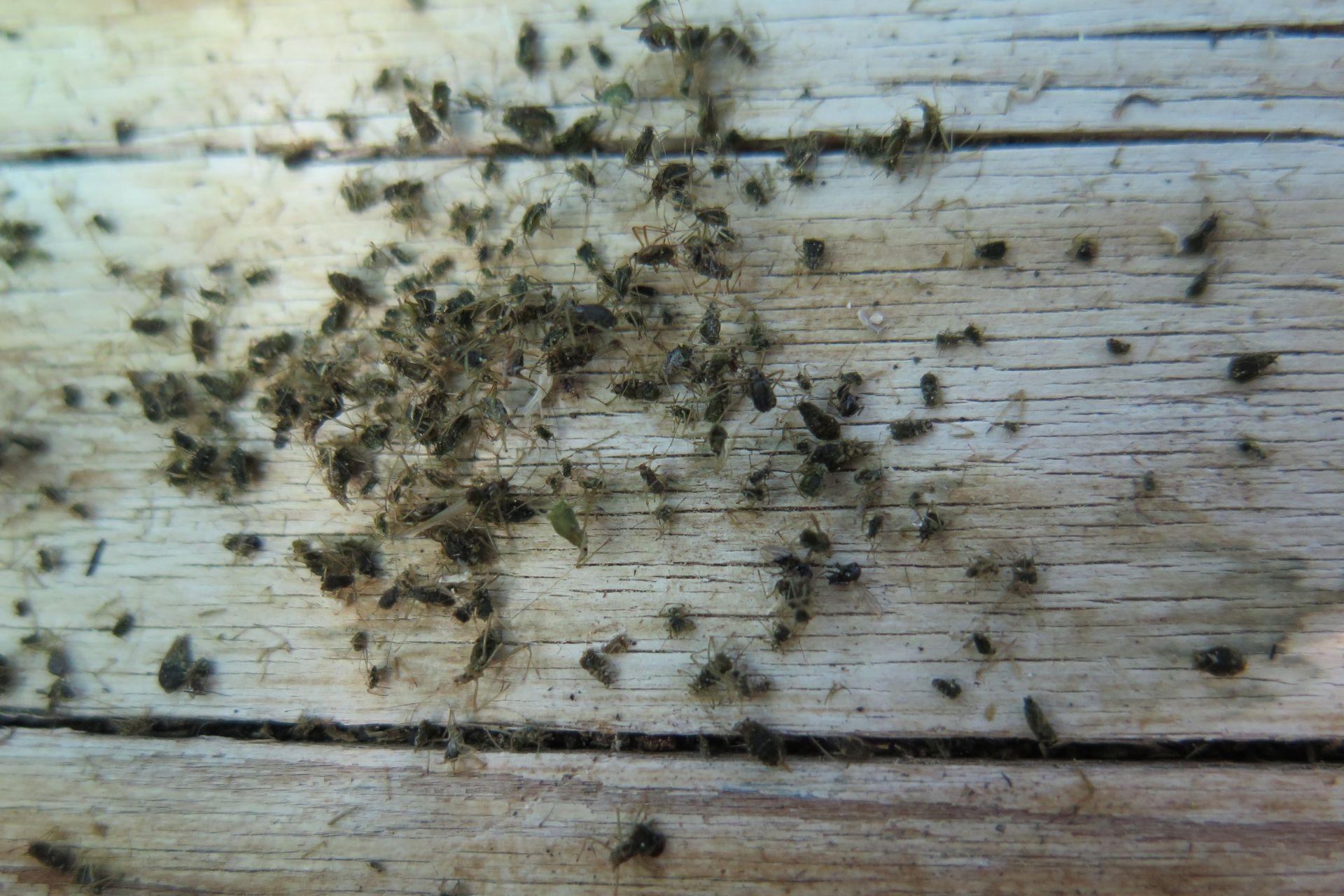
Still in the case of infestation, but wanting to intervene with chemical insecticides, it is important to remember that the addition of BioAksxter® lets the active ingredient act, taking away the toxic residues.
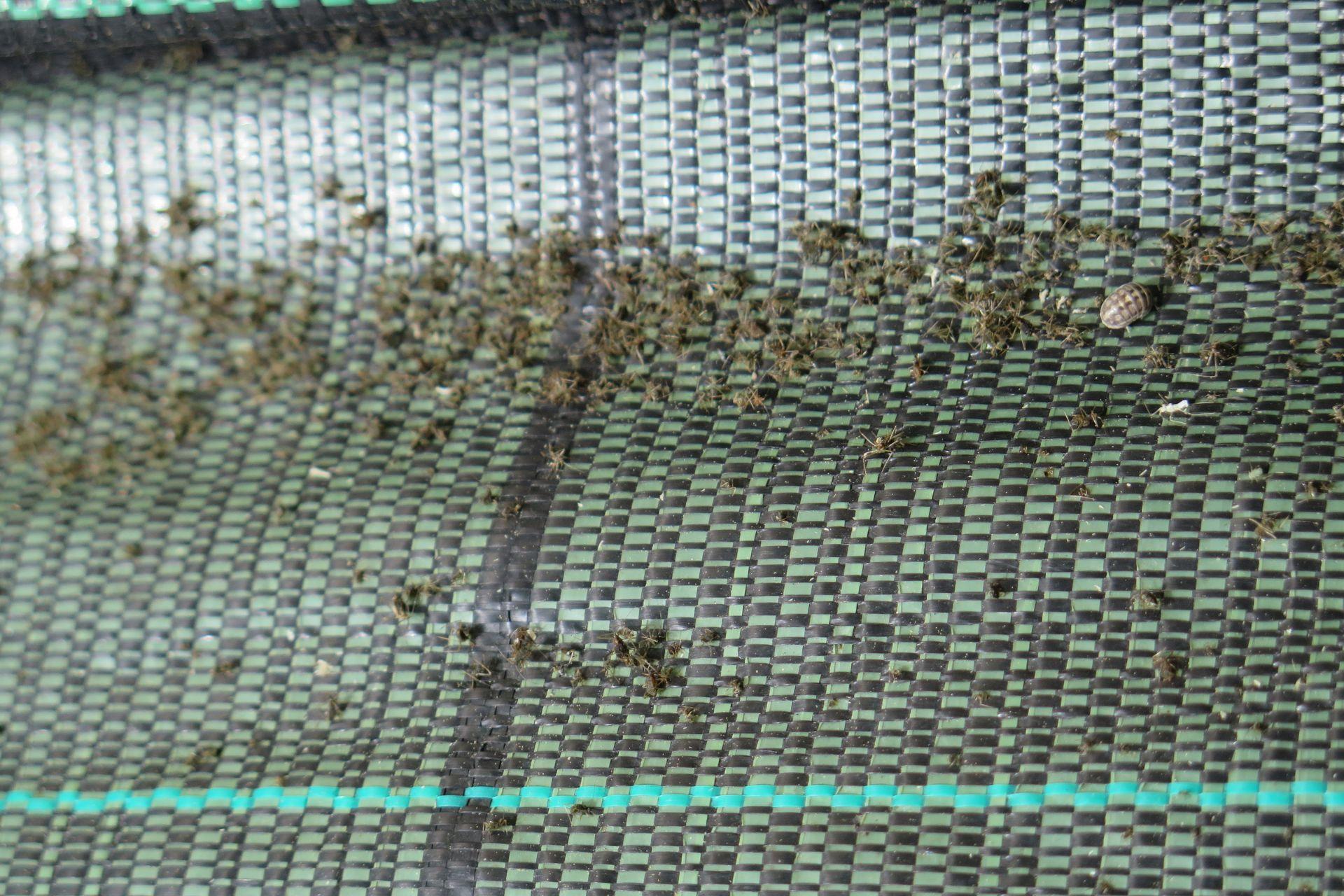
Plant resistance and susceptibility to insecticides
Insecticide resistance is a phenomenon related to the loss of efficacy of the active ingredients of pesticides inducing a genetic change in the species. We must also consider the state of dependency of plants that lose their immune defences and their reactive capacity, as well as the pollution of the environment and the agricultural product that is harmful to the consumer.
Both plants and soils benefit from the balancing action of BioAksxter®.
BioAksxter® acts as a biotransducer because it causes plants to produce antibodies, i.e. proteins to attack viruses and bacteria of which aphids are vectors.
Chemical treatments against pests, on the other hand, reduce the micro-atomic catalysing process below the optimal threshold of action, leading to the development of diseases and keeping the chemical residue in the soil, plant and fruit.
BioAksxter® has proven capable of naturally controlling the populations of harmful organisms in an agroecosystem, such as aphids, by bringing them below the economic threshold of damage.
